You’ve seen the photos-the massive golden frame standing tall between old Dubai and the modern skyline. It looks like something out of a sci-fi movie, but it’s real. And it’s not just for selfies. The Dubai Frame isn’t just a building. It’s a time machine made of steel and glass, designed to show you exactly how far this city has come-and why it matters.
What Is the Dubai Frame, Really?
The Dubai Frame is a 150-meter-tall vertical structure shaped like a giant picture frame. It sits in Zabeel Park, connecting two very different sides of Dubai: the historic neighborhoods of Old Dubai on one side, and the glittering towers of Downtown and Business Bay on the other. Built in 2018, it wasn’t meant to be just another tower. It was built to tell a story.
Think of it as a living museum that doesn’t need walls. Inside, you walk through a museum that traces Dubai’s transformation from a quiet fishing village in the 1950s to one of the world’s most dynamic cities. You see old photos of pearl divers, handwritten trade records, and dusty maps of the Dubai Creek. Then, you step out onto the glass bridge at the top-and suddenly, you’re staring down at Burj Khalifa, 20 kilometers away.
This isn’t just architecture. It’s narrative design. The frame literally holds the past and future side by side. And when you stand in the middle, you’re not just looking at the city-you’re standing inside its history.
Why Does the Dubai Frame Matter?
Most cities celebrate their past with museums or monuments. Dubai chose something bolder. Instead of putting heritage behind glass, it put it in the open-framed, visible, unavoidable.
For locals, the Dubai Frame is a point of pride. It says: We didn’t forget where we came from. For tourists, it’s a wake-up call. You can’t understand Dubai’s skyscrapers without knowing about the dhow boats that once carried them. You can’t appreciate the luxury malls without understanding the desert markets where trade began.
It’s also one of the few places in Dubai where you can see both the old and the new at the same time-without leaving one spot. No other landmark does that. Not Burj Khalifa. Not Palm Jumeirah. Not even the Dubai Mall. The Frame forces you to pause. To compare. To reflect.
What You’ll See Inside
The experience starts in the lower level, where a multi-sensory museum takes you through Dubai’s evolution. You’ll hear recordings of fishermen calling out at dawn. You’ll smell traditional oud incense from a recreated souk. You’ll touch replicas of pearl-diving tools used by ancestors who risked their lives for a single gem.
Then you climb. The elevator ride is quick, but the transition is slow. The lights dim. The sounds change. The walls shift from dusty brown to sleek silver. You’re moving from past to future.
At the top, you step onto a 360-degree glass floor suspended 100 meters above ground. Below you, the city spreads out like a living map. On one side, the low-rise neighborhoods of Al Fahidi and Deira-where families still live in wind-tower houses. On the other, the glass towers of Dubai Marina and Sheikh Zayed Road, shimmering under the desert sun.
There’s no filter here. No editing. Just the real, uncut contrast of a city that changed everything in 50 years.
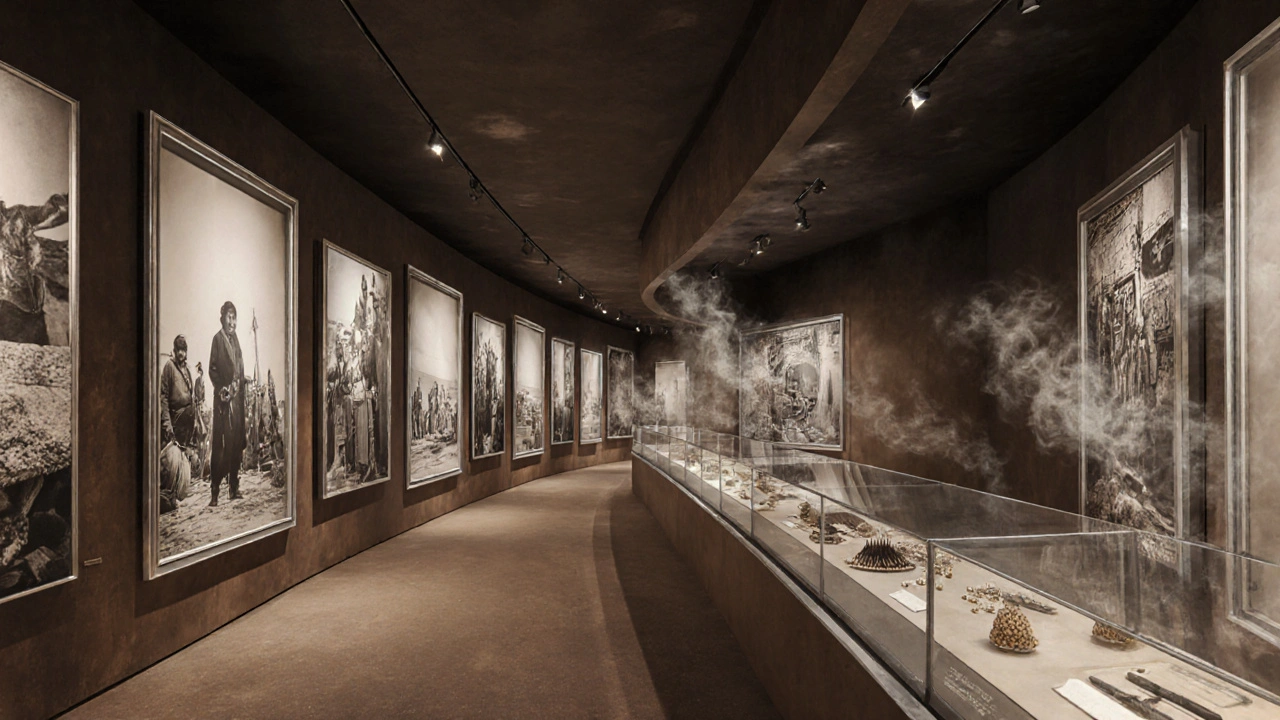
Is It Worth the Visit?
Yes-if you want to understand Dubai, not just photograph it.
Many people skip it because they think, “I’ve seen skyscrapers before.” But that’s missing the point. The Dubai Frame isn’t about the view. It’s about the context. It answers the question: How did we get here?
Visitors who take the time to walk through the museum and stand on the glass bridge often say it’s the most memorable part of their trip. Not because it’s the tallest. Not because it’s the shiniest. But because it makes you feel something.
One tourist from Germany told me: “I’ve been to 30 countries. No one else shows you their past like this. It’s like walking through a family album-and realizing your own history is just as important.”
How to Get There and When to Go
The Dubai Frame is in Zabeel Park, near the Dubai World Trade Centre. It’s easy to reach by metro-take the Green Line to Al Jafiliya Station, then a five-minute walk. Taxis and ride-shares drop you right at the entrance.
Best time to visit? Early morning or late afternoon. The light hits the golden frame just right, making it glow. Plus, the glass floor gets hot under the midday sun. If you go at sunset, you’ll see the city light up-old Dubai in warm amber, new Dubai in electric blue. It’s the only time you can see both eras in perfect harmony.
Opening hours are 9 AM to 9 PM daily. Tickets cost AED 50 for adults, AED 20 for kids under 12. You can buy them online or at the ticket counter. No need to book far ahead unless you’re visiting during Dubai Shopping Festival or New Year’s Eve.
Dubai Frame vs. Other Landmarks
Here’s how it stacks up against other top sights in the city:
| Feature | Dubai Frame | Burj Khalifa | Palm Jumeirah | Dubai Mall |
|---|---|---|---|---|
| Focus | Heritage + Future Contrast | Height & Luxury | Resort Lifestyle | Shopping & Entertainment |
| Historical Value | High | None | None | None |
| Photo Opportunity | Unique Framed View | Iconic Silhouette | Drone Shots Only | Busy Crowds |
| Best For | Learning & Reflection | Thrill & Views | Relaxation | Shopping |
| Time Needed | 1.5-2 hours | 2-3 hours | Half-day | 3+ hours |
The Frame doesn’t compete with the others. It complements them. Go to Burj Khalifa for the height. Go to Dubai Mall for the crowds. But go to the Frame if you want to understand why Dubai exists in the first place.
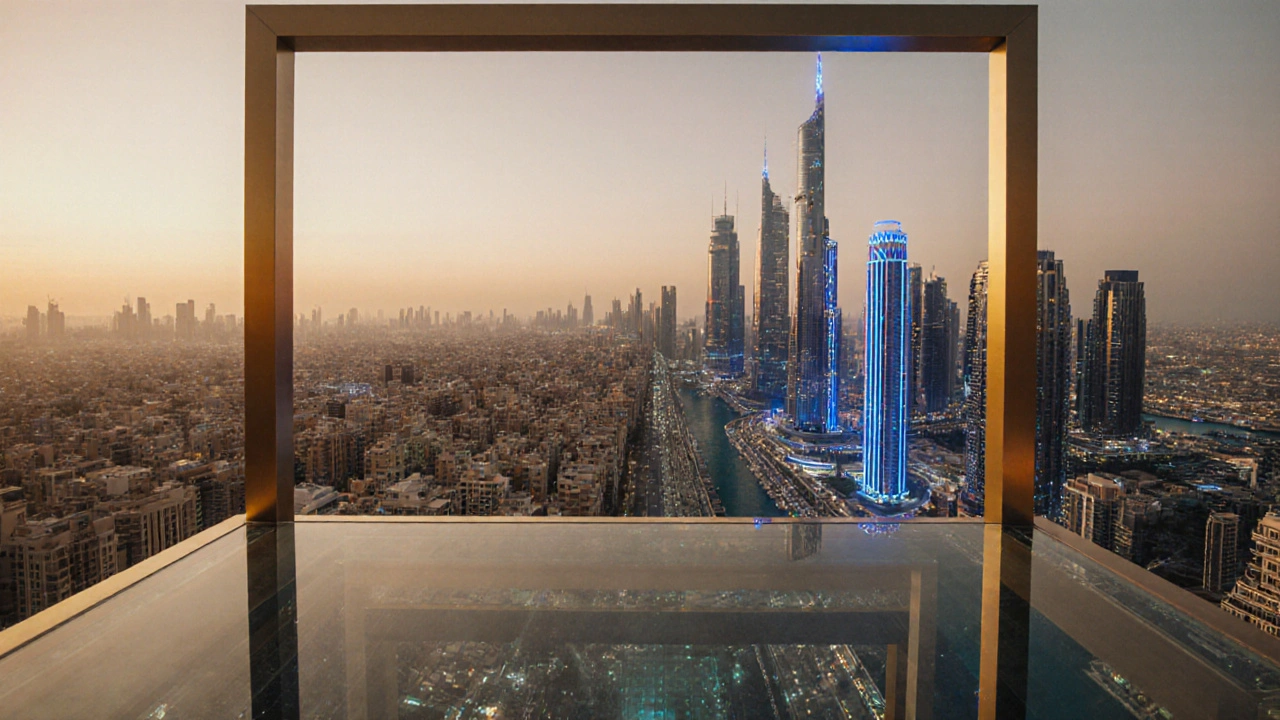
What to Bring and What to Avoid
Here’s what works:
- A light jacket-air conditioning inside is strong.
- Comfortable shoes-you’ll walk a lot, even if it’s not far.
- A power bank-your phone will die taking photos.
- Water-it’s hot outside, even in winter.
Here’s what doesn’t:
- Large bags-there’s no storage, and security is strict.
- Food or drinks-no outside items allowed.
- High heels on the glass floor-it’s safe, but it’s loud.
- Expecting solitude-it’s popular. Go early.
Frequently Asked Questions
Is the Dubai Frame open every day?
Yes, it’s open daily from 9 AM to 9 PM, including public holidays. The only exception is during major events like Dubai Expo or New Year’s Eve, when hours may change slightly. Always check the official website before planning your visit.
Can I take photos on the glass bridge?
Absolutely. In fact, that’s the main reason most people go. The glass floor lets you capture both the city below and the frame around you. For the best shots, stand in the center and angle your phone down. Avoid using flash-it ruins the natural light.
Is the Dubai Frame suitable for children?
Yes. The museum has interactive displays that kids love, like virtual pearl-diving games and digital maps of old Dubai. The glass bridge is safe-there are railings and sensors that detect movement. Kids under 12 get discounted tickets, and strollers are allowed.
How long does the entire visit take?
Plan for about 1.5 to 2 hours. The museum takes 45-60 minutes, the elevator ride is 2 minutes, and the glass bridge experience-especially if you’re taking photos-can take another 30-45 minutes. If you’re rushing, you can do it in 60 minutes, but you’ll miss the details.
Are there guided tours available?
Yes. Free guided tours in English run every hour from 10 AM to 6 PM. They last about 30 minutes and cover the history, architecture, and cultural meaning behind the Frame. No booking needed-just show up at the information desk.
Is the Dubai Frame accessible for people with disabilities?
Yes. The entire site is wheelchair accessible, with ramps, elevators, and tactile pathways. Audio guides are available in multiple languages, and staff are trained to assist visitors with mobility, visual, or hearing impairments. Service animals are welcome.
Final Thought: More Than a View
The Dubai Frame doesn’t ask you to admire it. It asks you to think about it.
It’s not just a photo op. It’s a mirror. It shows you that progress doesn’t mean forgetting. That growth doesn’t mean erasing. That a city can be both ancient and futuristic-and still be whole.
If you’re only here for the luxury, skip it. But if you want to understand why Dubai feels so different from every other city on earth-then stand in that frame. Look both ways. And remember: the future was built on the past. You just didn’t know it was right in front of you all along.

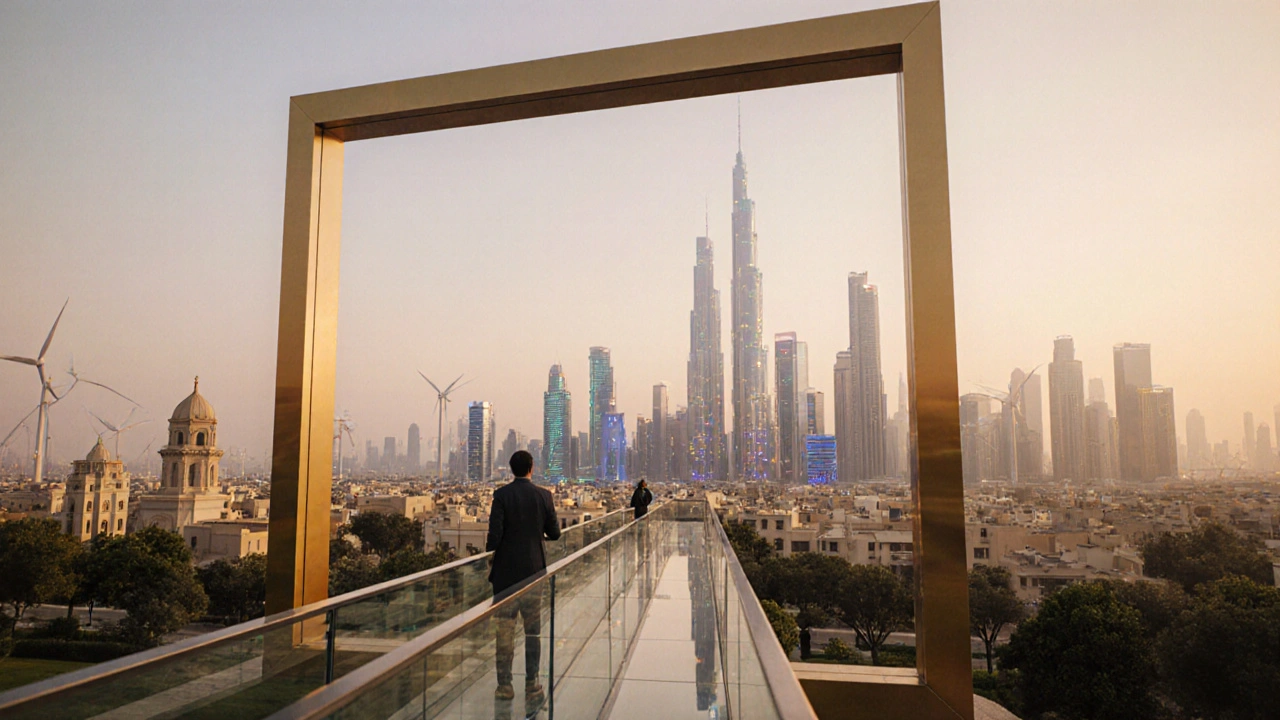
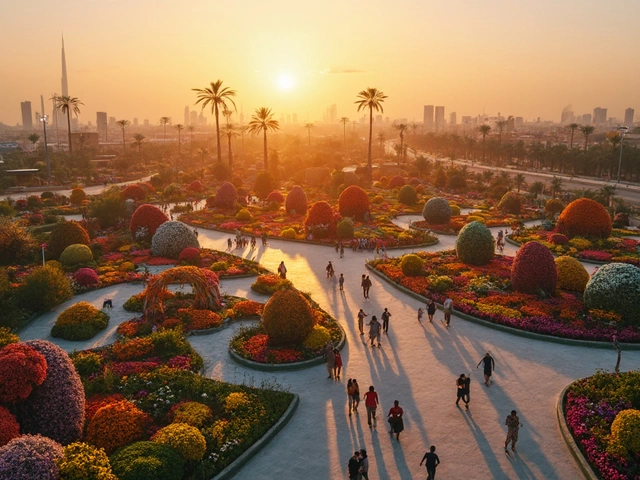
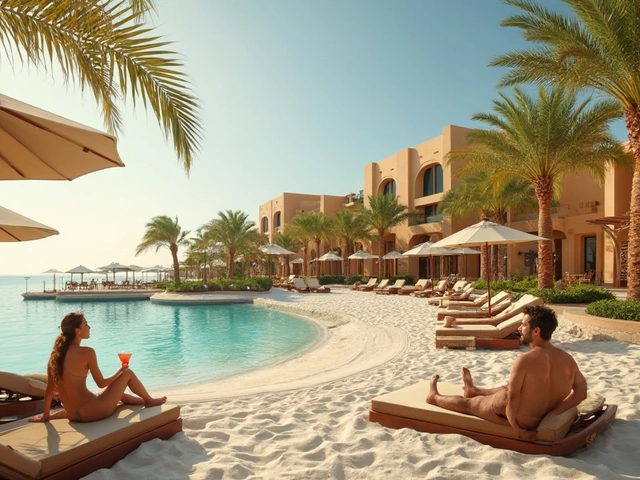

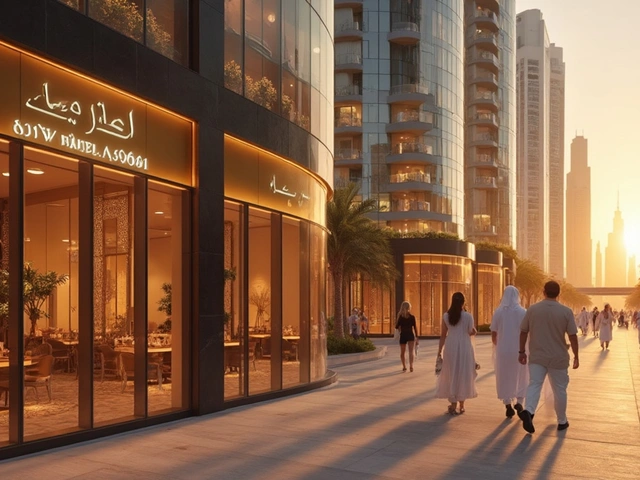
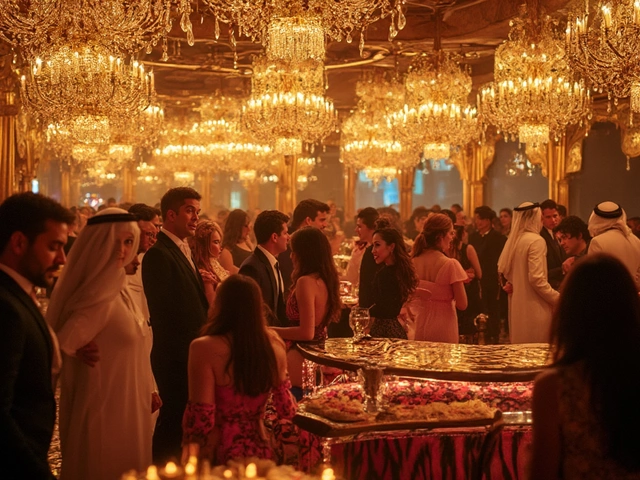
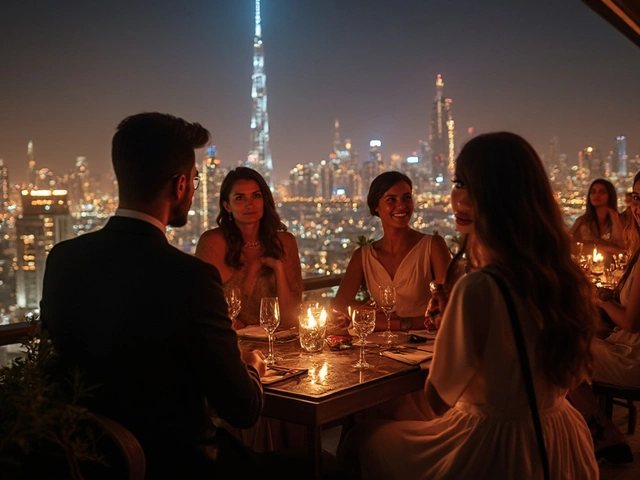
Michael Soaries
November 20, 2025 AT 03:03People think it's just another tourist trap but it's not. It's a story. And you feel it.
Sean Fimio
November 20, 2025 AT 06:59Dr. Atul James Singh
November 20, 2025 AT 11:01peter may
November 22, 2025 AT 00:30Tobia Ciottone
November 23, 2025 AT 01:01Jeff Herman
November 23, 2025 AT 23:38And hey, the free guided tour? Totally worth it. The guy who led it had worked as a fisherman as a kid. He told the real stories.
William Lapes
November 25, 2025 AT 17:45Gerry Hodgins
November 26, 2025 AT 13:24Mindy Robinson
November 27, 2025 AT 21:57